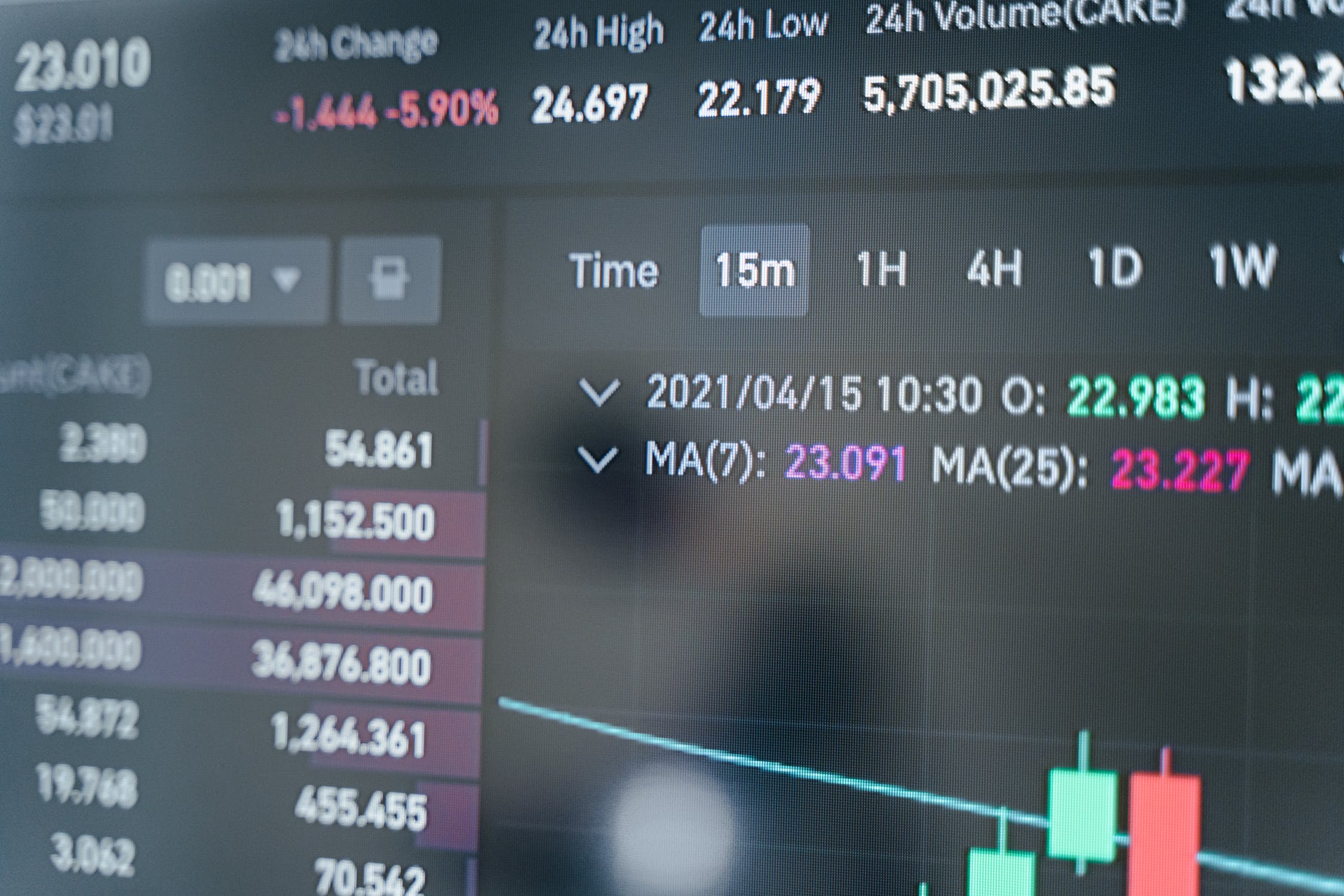Any forex trader that wants to maximize their profits will join a market trend at the earliest and safest time. Many traders follow the direction of the signals to know when to trade and when to stop. However, they cannot do this without help from the best trading technical indicators and trading strategies
Trading techniques and strategies help the traders to spot favorable opportunities and execute their trades accordingly. One of the most popular forex trading strategies among traders of different skills is breakouts.
What is a forex trading breakout?
Currency prices on a chart naturally tend to conform and move towards resistance and support levels. A trading breakout occurs when the price breaks from the levels in either an upwards move or a downward trend. Moreover, a trading breakout is an indication of the currency supply and demand changes. It is also an indication of the beginning of a new trend.
If a trading breakout leans more towards a previous trend, it confirms that the trend is valid. If it is in the opposite direction of the last movement, it implies that the trend could be reversing, alerting the trader that it is the most appropriate time to close the current trade or change/reverse their position.
Typically, there ought to be a compromise between conviction and action speed. Action speed is significant as a currency price breaks a support or resistance level. In contrast, convection speed is vital in ensuring the breakout is genuine because there are instances where breakouts are false.
What a forex trader needs to confirm a breakout
Resistance and support lines provide traders with a dependable framework to analyze the potential trading opportunities and understand market price movements. Price movements in forex currency trading typically stay within a specific range, while price retracements and extensions correspond to the most popular Fibonacci levels.
Many forex traders using the breakout strategy capitalize on prize action when the price moves above the resistance level or below the support level. Several factors cause a trading breakout, but traders focus more on identifying their occurrence and differentiate between a genuine breakout with the potential for making profits and a false one with no gains.
Traders also take advantage of other trading indicators that help them to make sense of the price movements and other trading opportunities. The indicators help traders evaluate the potential strength of a breakout that prepares them for any risks taken when opening a trading position. The three most popular forex indicators that help to confirm a breakout are as follows.
MACD (Moving Average Convergence/Divergence)
MACD is one of the most popular trading indicators used by forex traders to evaluate rapid price changes. The indicator helps traders to understand a breakout momentum with ease. MACD utilizes a histogram that allows traders to monitor the speed at which the prices change, as the movements get closer to breaking above the resistance level.
Additionally, it also helps the traders identify a slow momentum, which indicates a potential price reversal. With the help of the MACD technical indicator, traders are in a better position to know when to continue trading, close, or make a reversal. Even though MACD is a popular trading tool, one of its limitations is diminished accuracy, especially in highly volatile conditions.
Bollinger Bands
Bollinger bands are another technical forex indicator used by forex traders to confirm a breakout. The indicator, made up of three lines, helps to identify overbought and oversold conditions while measuring the market volatility at the same time. In short, the technical indicator allows traders to tell when the market is LOUD or when it is QUIET.
The three lines are an upper band, the middle line, and the lower band. The middle line is the SMA with a 20-day default period, while the other two parallel lines are deviations in either of the directions from the SMA. The deviating lines are the ones traders use to identify a potential breakout.
RSI (Relative Strength Index)
Even though the RSI is one of the simplest technical indicators to use, it provides traders with enough relevance to identify a breakout. The tool analyzes purchasing trends and determines overbought or oversold conditions by using a 100-point scale.
If the scale dips below 30, it is an indication of an oversold condition. If it goes above 70, that means overbought conditions, leading to a decline in price. When the conditions show overbought or oversold developments, traders can sense potential reversal breakouts and take the necessary actions.
Wrapping it up
Using the breakout indicator tool to analyze the price market helps traders to minimize losses. They are straightforward as traders reading the charts and monitoring the price movements can quickly tell when the price moves outside the resistance and support levels for the defined price range. Using a combination of analysis tools helps to spot breakouts faster and more efficiently.

